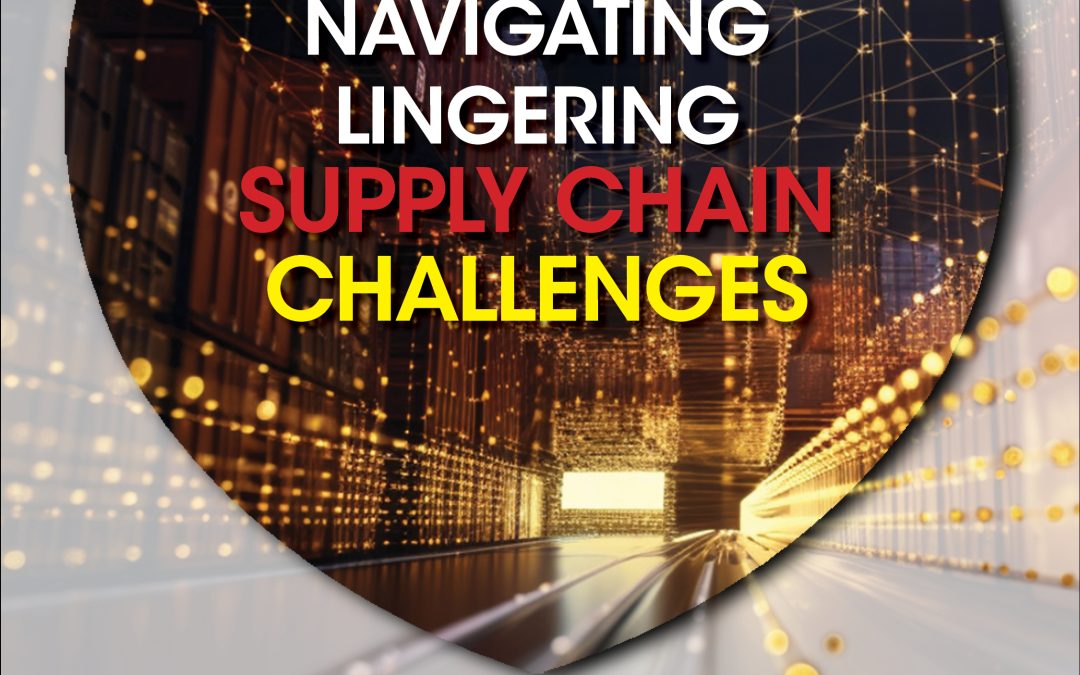Introduction: The Myth of ‘Back to Normal’
It has been several years since the COVID-19 pandemic disrupted global supply chains, bringing the automotive sector to a standstill. Vehicle allocation froze, semiconductor shortages shut down plants, and delivery windows stretched into the horizon.
Fast forward to today, and while news headlines may no longer focus on “supply chain chaos,” fleet managers know the reality is more complicated. Yes, some bottlenecks have eased. But disruptions are far from gone. Instead, they’ve morphed into new forms, with lingering risks that continue to affect organizations placing orders for fleet vehicles.
For corporate and government fleets under pressure to meet operational needs while staying within budget, understanding these dynamics—and planning proactively—remains essential.
What’s Improved Since the Peak
Let’s start with the good news.
- Order-to-Delivery Times Are Shorter (on Average)
During the worst of the pandemic, it was not uncommon to see order-to-delivery (OTD) times stretch past 18 months for specific vehicle models. Today, averages are far more manageable—often in the 15- to 20-week range for mainstream cars and SUVs. - Semiconductor Shortages Have Eased
Chip scarcity, once the bane of auto production, has improved thanks to investments in new capacity and more resilient sourcing strategies. Vehicle cancellations due to a lack of chips are now far less frequent. - OEMs Have Learned Hard Lessons
Manufacturers and suppliers have invested in digital visibility tools, diversified supplier networks, and closer coordination with fleet buyers. The industry is better prepared to forecast and respond to volatility.
But here’s the reality check: “better” doesn’t mean “problem solved.”
Supply Chain Disruptions That Still Plague Fleet Procurement
1. Specialty Vehicle and Upfitter Delays
For fleets that rely on specialized configurations—such as utility trucks, police interceptors, service vans with shelving, or vehicles equipped with telematics and safety add-ons—the supply chain remains unstable.
Even if the base vehicle is built and delivered, it often sits idle at the upfitter waiting for components. Body manufacturers, equipment providers, and custom electronics installers are still recovering from labor shortages and intermittent parts availability. This creates a “shadow backlog” beyond the OEM’s control.
2. Raw Material Volatility
Steel, aluminum, lithium, and rare earth minerals—these commodities underpin every vehicle. Prices remain subject to inflationary pressure, trade restrictions, and geopolitical events. For example, tariffs on imported steel or battery materials can ripple through the supply chain, slowing production or unexpectedly raising costs.
3. Global Trade and Tariff Instability
Fleet buyers often underestimate the impact of trade policy on delivery times. But tariffs, regional conflicts, and shifting trade agreements continue to influence vehicle and parts availability. A new tariff regime can cause a supplier to pause shipments for an overnight period.
4. Labor Shortages and Logistics Fragility
The pandemic highlighted the vulnerability of “just-in-time” manufacturing to labor shortages. While plants are primarily staffed again, logistics networks remain fragile. Port congestion, driver shortages, or a regional strike can cause a ripple effect throughout the supply chain, resulting in delayed vehicle arrivals by weeks.
5. Allocation Priorities at OEMs
When supply is tight, OEMs allocate production based on what’s most profitable. That means retail customers or high-trim commercial vehicles may receive priority over government or fleet-spec orders. Fleets with rigid specifications can see their orders pushed to the back of the line.
6. EV Transition Bottlenecks
As electrification accelerates, battery supply chains introduce new risks. Mining, refining, and shipping of lithium and rare earth elements are heavily concentrated in a few countries, creating fragility. Early fleet adopters of EVs may face unexpected delays or allocation limits, particularly on commercial vans and pickups.
Why This Matters for Fleet Managers
For organizations that rely on vehicles to deliver services—whether it’s a utility maintaining infrastructure, a municipality patrolling streets, or a corporation moving sales reps across territories—delays are not just an inconvenience.
Every idle driver or unavailable vehicle translates into:
- Lost productivity and revenue
- Higher rental or temporary lease costs
- Increased wear and tear on existing vehicles
- Pressure from stakeholders to “do more with less”
In this environment, complacency is not an option. Fleet managers must act like supply chain strategists.
Practical Steps to Mitigate Supply Chain Risks
1. Build Lead Time Buffers
Even if OEMs promise a delivery window, assume there may be delays. Add buffer time into replacement schedules, and avoid relying on vehicles arriving “just in time.” Treat projected delivery dates as estimates, not guarantees.
2. Strengthen Upfitter Relationships
Delays at upfitters are a leading cause of operational downtime. Engage them early in the process—before vehicles even arrive. Lock in production slots, share forecasts, and consider backup providers.
3. Flex Your Specifications
Rigid vehicle specifications can increase the risk of delay if OEMs prioritize them. Identify “must-have” versus “nice-to-have” features so you can pivot to alternative models or trims without derailing your procurement.
4. Negotiate Cost Protections
Commodity-driven price increases may creep into contracts. Whenever possible, negotiate fixed pricing windows, cost escalation clauses, or multi-year purchase agreements that protect budgets.
5. Diversify OEM and Dealer Relationships
Relying on a single manufacturer or dealer group increases exposure to bottlenecks. Explore multiple sourcing channels, and stay open to regional allocations that may be available outside your usual footprint.
6. Monitor Trade and Regulatory Developments
Keep an eye on trade policy, tariffs, and emissions regulations. Policy shifts can affect not only vehicle availability but also compliance requirements for your fleet.
7. Use Vehicle Storage to Bridge Gaps
Here’s where a vehicle relocation and storage partner becomes invaluable. Companies like PARS (Professional Automotive Relocation Services) offer storage capabilities that can buffer your fleet against the unavailability of new vehicles.
For example:
- If you’re forced to order vehicles earlier than needed due to allocation rules, you can store them until they’re required in service.
- If you have staggered rollout schedules across different regions, centralized storage helps coordinate deployment.
- Storage also provides insurance against unexpected downtime, ensuring you have vehicles ready to deploy when delays occur elsewhere.
By strategically utilizing vehicle storage, you can mitigate the mismatch between procurement timelines and operational needs.
8. Communicate Upstream and Downstream
Fleet management doesn’t happen in a vacuum. Keep finance, HR, and operational leaders informed of risks and timelines. The more transparent the communication, the easier it is to align expectations and secure resources for contingency plans.
Looking Ahead: A More Resilient Future
The disruptions of the COVID era exposed just how fragile global supply chains can be. While the auto industry has made significant progress, risks remain embedded in the system—raw materials, upfits, trade volatility, and OEM allocation priorities are not problems that disappear overnight.
For fleet managers, the challenge is to operate with a clear understanding. By anticipating delays, diversifying options, and leveraging partners like relocation and storage providers, you can insulate your organization from the worst effects of ongoing disruptions.
The days of assuming a straightforward order-to-delivery pipeline are gone. But with strategic planning and proactive partnerships, fleet managers can maintain operational readiness, control costs, and continue to meet the missions their organizations depend on.


